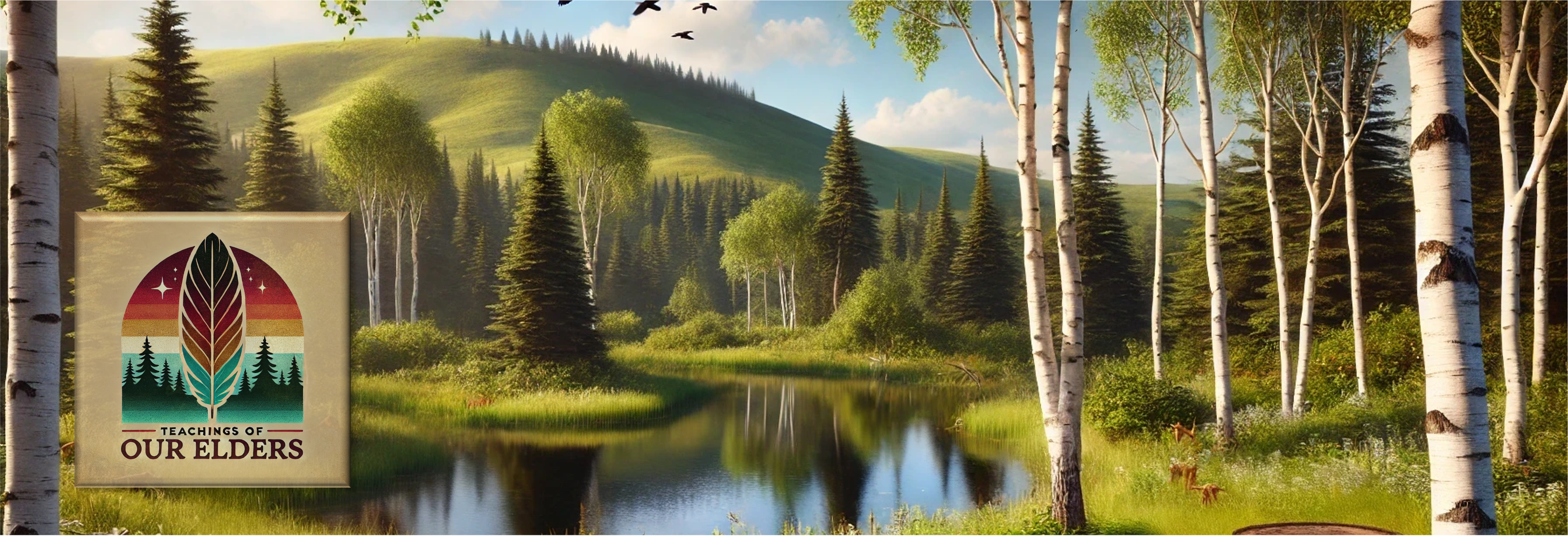| Inquiry Design Model (IDM) Blueprint™ |
| “Sedentary & Nomadic” |
| NDNAEU 5 “Tribal Policies, Treaties and Sovereignty”, NDNAEU 6 “Native Contributions”, NDNAEU 7 “Native Identity” |
| Compelling Question | What are the cultural differences between sedentary (Mandan/ Hidatsa, etc.) and nomadic (Lakota, Dakota, etc.) people? |
| Standards and Practices | 9–12.2.1 Analyze Federal policy and action regarding American Indians (e.g. Dawes Act, changes in federal and state Indian policies, civil rights movement; current issues surrounding gaming, housing, distribution of wealth, and healthcare, Indian Reorganization Act, Bureau of Indian Affairs, Indian Civil Rights Act, Indian Child Welfare Act, American Indian Religious Freedom Act, Indian Gaming Regulatory Act, Citizenship, American Indian Movement). |
| Staging the Question | How does lifestyle impact standards of living and population size? |
| Supporting Question 1 | Supporting Question 2 | Supporting Question 3 |
| Why are nomadic societies forced to migrate? | What are the advantages/ disadvantages of nomadic lifestyles? | What are the advantages/ disadvantages of sedentary lifestyles? |
| Formative Performance Task | Formative Performance Task | Formative Performance Task |
| Write a paragraph predicting which lifestyle could support a larger population. | Discuss which lifestyle would be more susceptible to drought and seasonal change. (Class discussion). | Research native populations in Dakota Territory before the 1860s and after statehood (1889-1900). |
| Featured Sources | Featured Sources | Featured Sources |
| ND Studies website: http://ndstudies.gov/ | Robinson, Elwyn B. History of North Dakota. Fargo: North Dakota Institute for Regional Studies, 1995. | Schneider, Mary Jane. North Dakota Indians: An Introduction. Dubuque, Iowa: Kendall and Hunt, 1986 |
| SUMMATIVE PERFORMANCE TASK: Supported Claim (written/spoken) or Demonstration of Process (project-based) | Create a profile of a sedentary and a nomadic tribe from North Dakota. |
| SUMMATIVE PERFORMANCE TASK: Extension | Create a demographic map of ND native populations at the beginning of statehood near the end of the 19th Century. |
| Taking Informed Action / Real World Application | Standardize this lesson and use with all co-curricular sections in the building and/ or district. Develop a common summative assessment with co-curricular peers to determine level of mastery |

